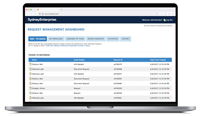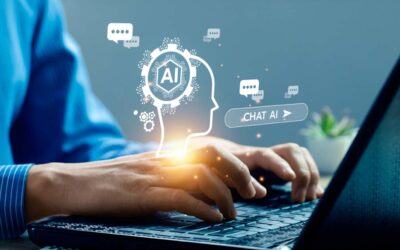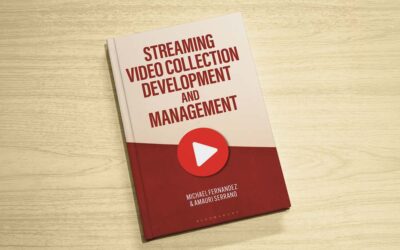Interview with the Author: Anna Neatrour on The High Impact Digital Library
Lauren Hays
Many different types of libraries have digital components, and it is important to get those digital collections in front of stakeholders. Librarians in special libraries can gain valuable insight into what libraries in other contexts are doing to promote their digital collections.
Anna Neatrour is a co-author of the book The High-Impact Digital Library. My interview with her is below.
Please introduce yourself to our readers.
I’m Anna Neatrour, Head of Digital Library Services at the University of Utah. I oversee departments that contribute to the growth of our digital library (the J. Willard Marriott Digital Library).
We support digitization, digital preservation, descriptive metadata, digital exhibits, and the Utah Digital Newspapers program. We have a team of people who worked on the book, primarily from the University of Utah, but my co-authors all have experience with different aspects of digital library programs.
Briefly summarize The High-Impact Digital Library.
The High-Impact Digital Library explores how people in digital libraries create impact through outreach and promotion, through discussing the results of a national survey, in-depth interviews with digital library workers, and detailed case studies that highlight innovative ways people have collaborated with community members outside their institutions.
Why did you decide to write this book?
We originally came up with the idea for the book when we were talking about the various outreach programs and teaching we engage in. Outreach is not generally an expected part of the job for people who are primarily in the Information Technology divisions in libraries, but we were all doing it. We became curious to see how many other librarians also engaged in activities that might traditionally be thought of as public services work—such as teaching, partnering with faculty, and developing promotional strategies.
Why is outreach important for digital libraries?
While most digital libraries can expect a certain amount of traffic just through search engines, raising awareness of the materials in digital libraries is extremely important, both for people within the organization and researchers. If they do not have a sense of what is available, they might not take full advantage of the valuable primary sources that libraries have digitized to support their information needs.
How can librarians outside academic institutions best use the volume?
Non-academic institutions also have digital libraries! While academic institutions represent the majority of our case studies and interviews, we did connect with people at public libraries and tried to highlight their experience and highlight some innovative examples of digital library work done in a variety of settings. One chapter also functions as a selected annotated bibliography that provides quick information about a variety of digital library projects that anyone might want to take inspiration from or recommend to library patrons.
What do you see as the main areas of future growth for digital libraries?
The COVID-19 pandemic caused a variety of libraries to get involved with community-based crowdsourced projects as well as with born-digital oral histories. I am curious to see what happens in the next ten years with both of these areas. For libraries with Special Collections, these unique materials and the potential for greater access through digitization is a perennial area of growth. It will also be interesting to see what the impact of Artificial Intelligence will be on the field.
Is there anything else you would like to share?
No, thank you for the opportunity to discuss the book!
Lauren Hays
Dr. Lauren Hays is an Assistant Professor of Instructional Technology at the University of Central Missouri, and a frequent presenter and interviewer on topics related to libraries and librarianship. Please read Lauren’s other posts relevant to special librarians and learn about Lucidea’s powerful integrated library systems, SydneyDigital and GeniePlus, used daily by innovative special librarians in libraries of all types, sizes, and budgets.
**Disclaimer: Any in-line promotional text does not imply Lucidea product endorsement by the author of this post.
Never miss another post. Subscribe today!
Similar Posts
Growing Your Leadership Skills: 7 Tips for Special Librarians
Great library leaders aren’t born—they’re made through learning self-reflection and practice. Here are seven strategies to help you grow and lead with impact.
Keeping Up with Copyright and Generative AI: What Special Librarians Need to Know
As generative AI becomes more prevalent copyright law is evolving to address its impact. A new report from the U.S. Copyright Office provides guidance on what is (and isn’t) copyrightable.
Understanding Shadow AI: Risks Costs and Governance
AI can enhance search discovery and efficiency but unsanctioned adoption—known as “shadow AI”—can lead to budget overruns and compliance risks. Here’s how to evaluate AI pricing models and build a governance strategy that balances innovation with cost control.
Interview with an Author: Fernandez on Streaming Video Collection Development
As demand for streaming video in libraries grows so do the challenges of managing access budgets and licensing. Co-author Michael Fernandez shares key insights from his book “Streaming Video Collection Development and Management”.







Leave a Comment
Comments are reviewed and must adhere to our comments policy.
0 Comments